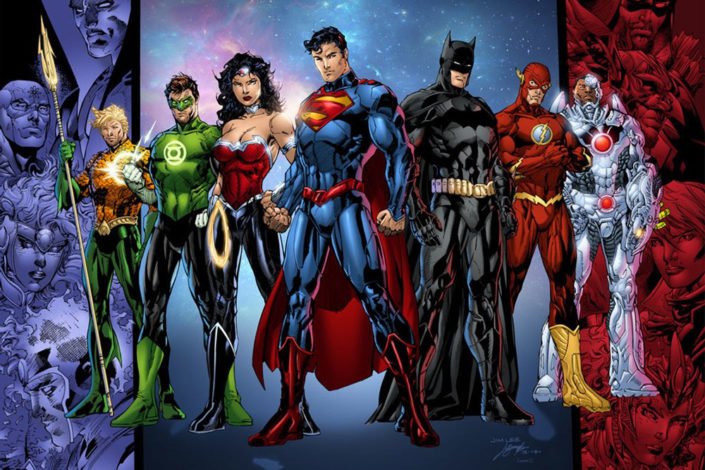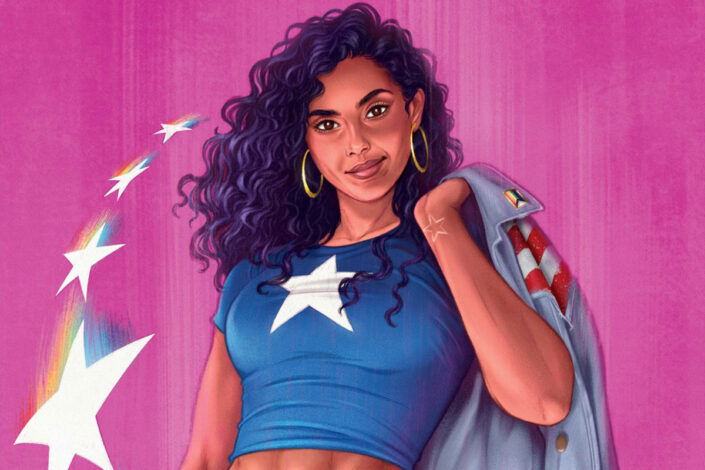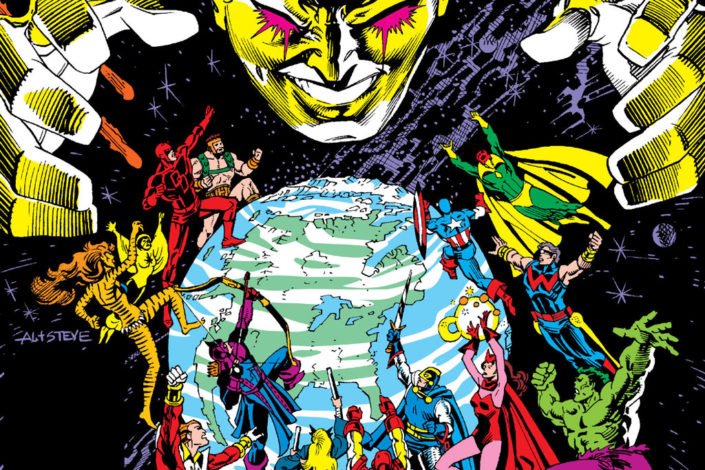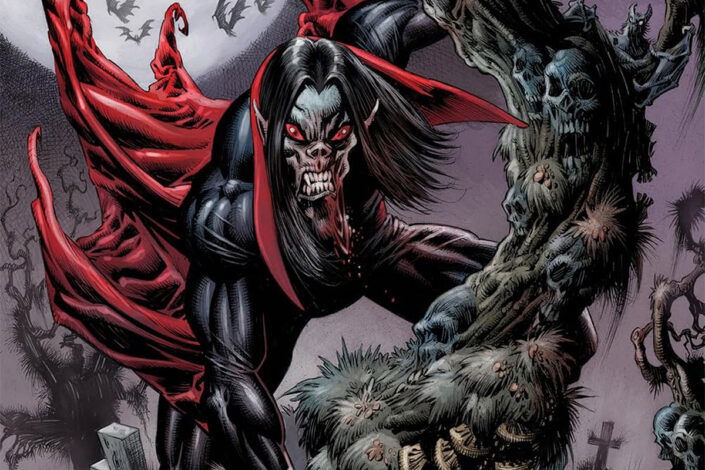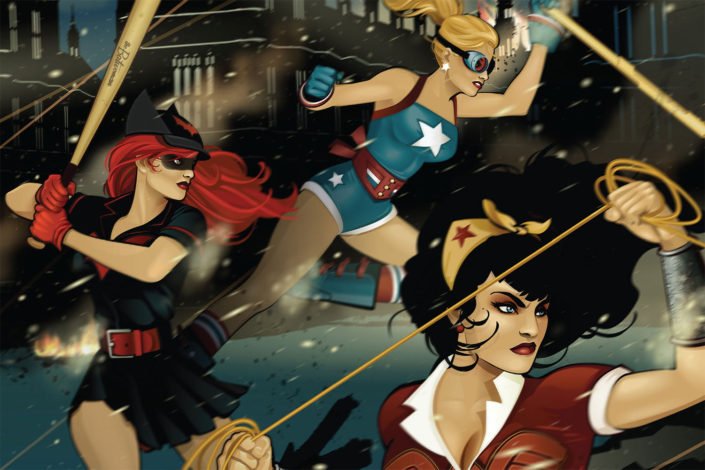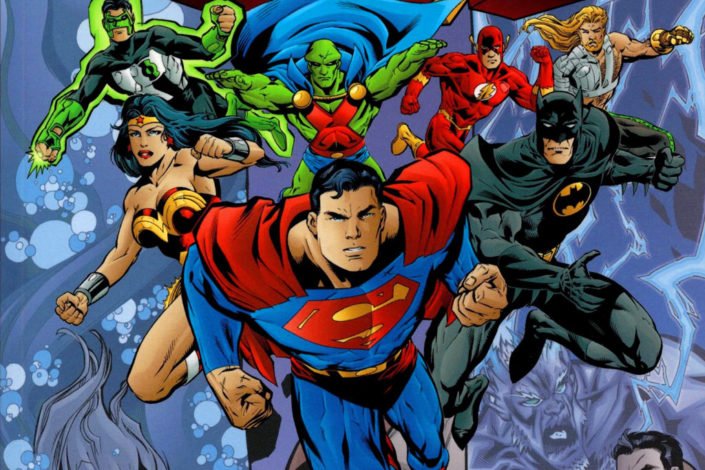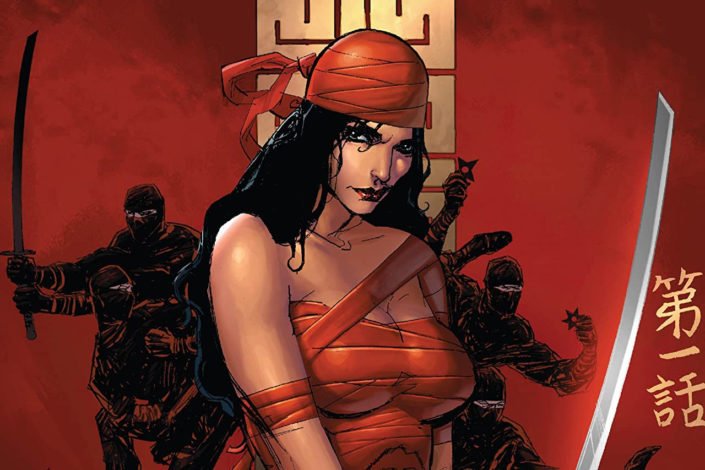Justice League (New 52) Reading Order, the Geoff Johns’ era
One of the most famous superhero teams today, The Justice League was conceived as a revival of the Justice Society of America. A team from the 1940s, the JSA title was canceled due to to a decline in sales, as superheroes were in decline after World War II.
When editor Julius Schwartz asked writer Gardner Fox to reintroduce his creation, the JSA, he decided to rename it the “Justice League of America”, a name he thought would appeal better to young readers. After having made its first appearance in The Brave and the Bold #28 in March 1960, the Justice League got quickly its own title and became one of DC’s best-selling title.
The Justice League is usually comprised of highly popular heroes (like Batman, Superman, and Wonder Woman) who generally operate independently, but would team up to tackle more ruthless villains of world epic menace. That way, the characters gain exposure that helps sales titles and participate to build the DC shared universe by working and interacting with each other. Though, DC gas deviated from this formula at different times, most notably in the late 1980s and early 1990s with the Justice League International, which purposefully starred an ensemble of lesser-known characters. This more quirky and humourous Justice League led to the creation of several spin-offs.
DC revamped the Justice League in the second part of the nineties, first with the help of Mark Waid and Fabian Nicieza, returning to the basic, then with Grant Morrison’s run named JLA, where he made the Justice League an analogy for a pantheon of gods and wrote more epic stories. It became a staple for years to come, with the Justice League specializing in world-shattering threats with epic stakes.
Which lead us to New 52 in 2011, when DC relaunched its entire line for a partial reboot and with a new continuity. This era begins with a new origin story for the Justice League, featuring initial team members Superman, Batman, Green Lantern, Flash, Wonder Woman, Aquaman, and Cyborg. Those heroes must come together when loner vigilante Batman stumbled upon a dark evil that threatens to destroy the earth as we know it. To save the world, they must put aside their differences…
Read More »Justice League (New 52) Reading Order, the Geoff Johns’ era
